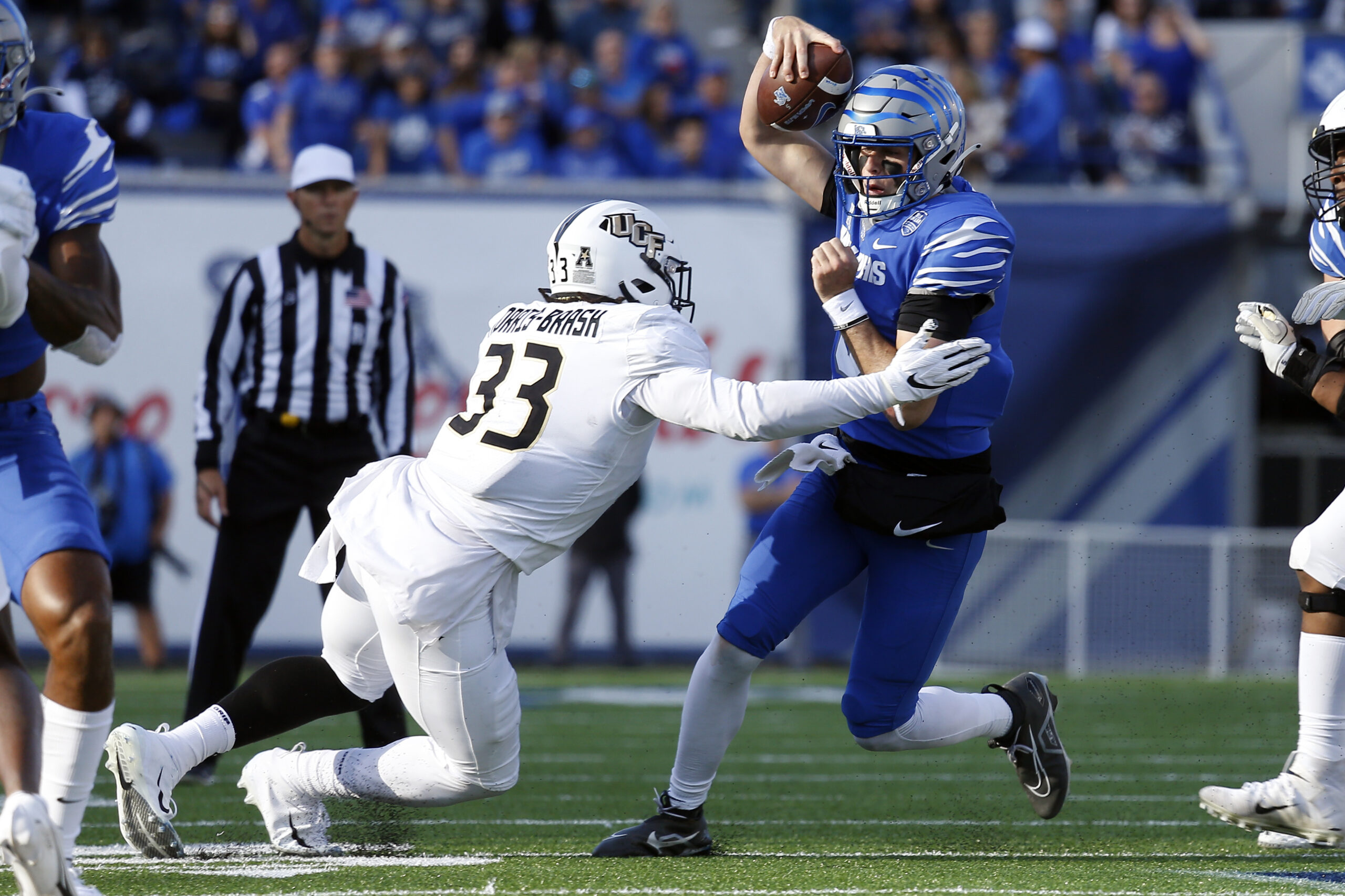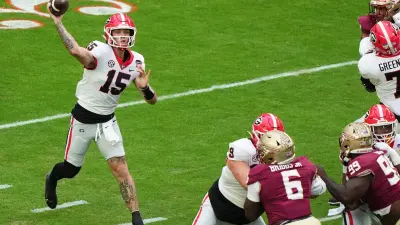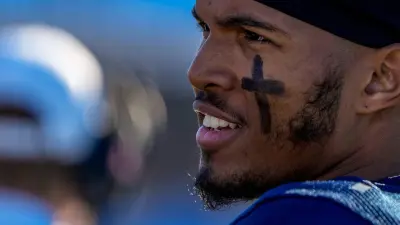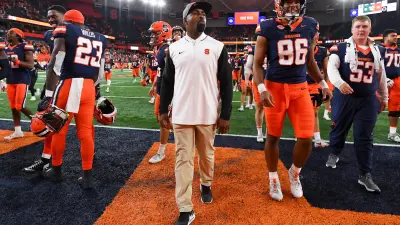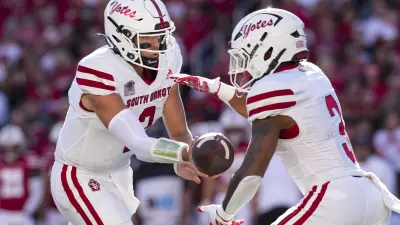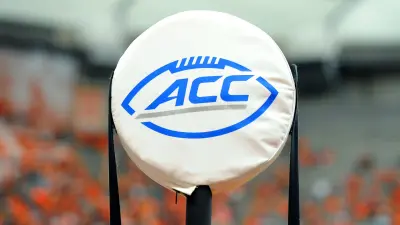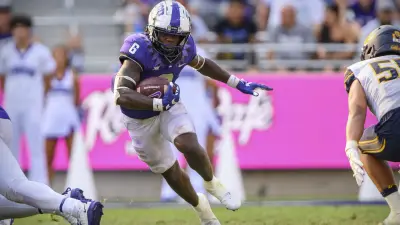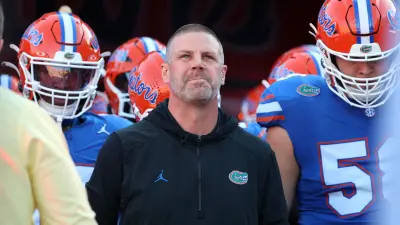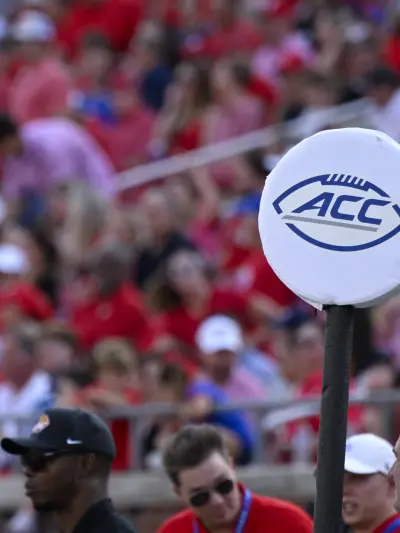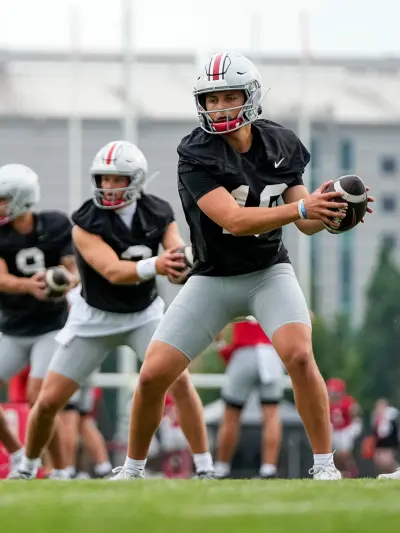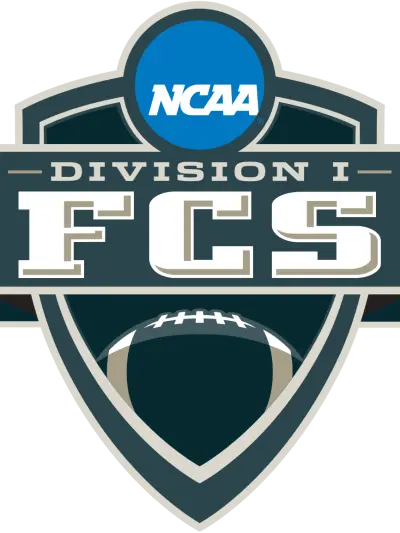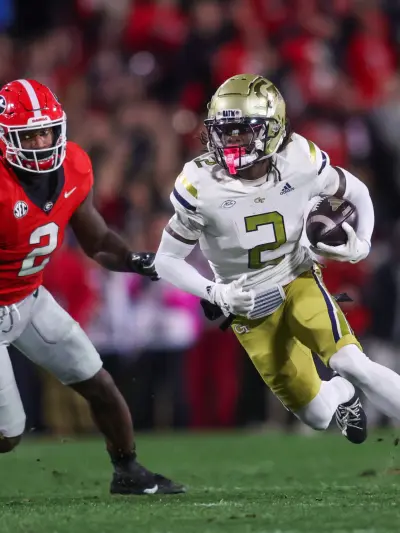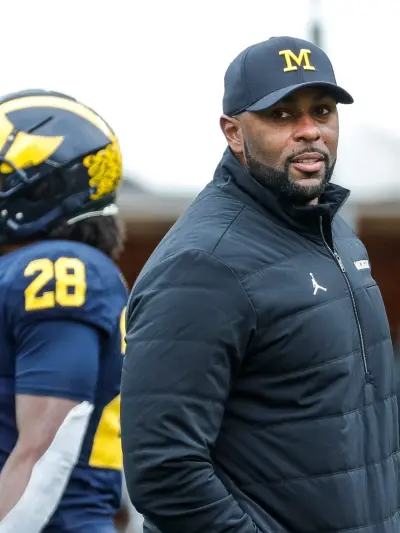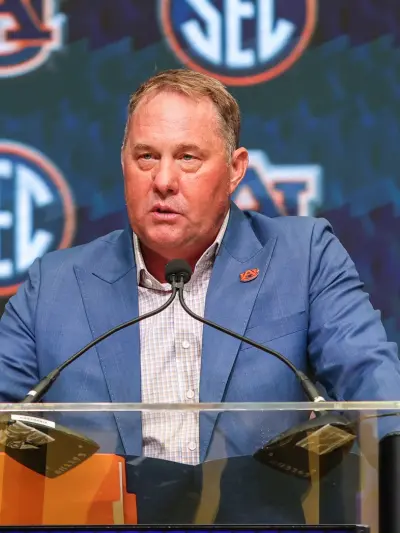By Dorrington Myers
In the landscape of college football, the Power Four conferences often dominate headlines and accolades, leaving many talented players from the Group of Five conferences in the shadows. Yet, among these often-overlooked teams, there are quarterbacks whose skills and performances rival, and sometimes surpass their more celebrated counterparts in the Power Four.
This article aims to shine a spotlight on these exceptional Group of Five quarterbacks, showcasing their remarkable abilities and contributions to the game. By bringing awareness to these athletes, I hope to broaden the appreciation for the diverse and dynamic talent present across all of college football. The kicker is, the Group of Five and Power Four schools represent their same respective states.
Kaidon Salter (Liberty) > Anthony Colandrea (UVA)
Synopsis:
Salter is a more explosive player who takes great care of the ball. His presence is impactful, even when he’s just on the field. Additionally, he brings an extra dimension to the offensive scheme as a runner.
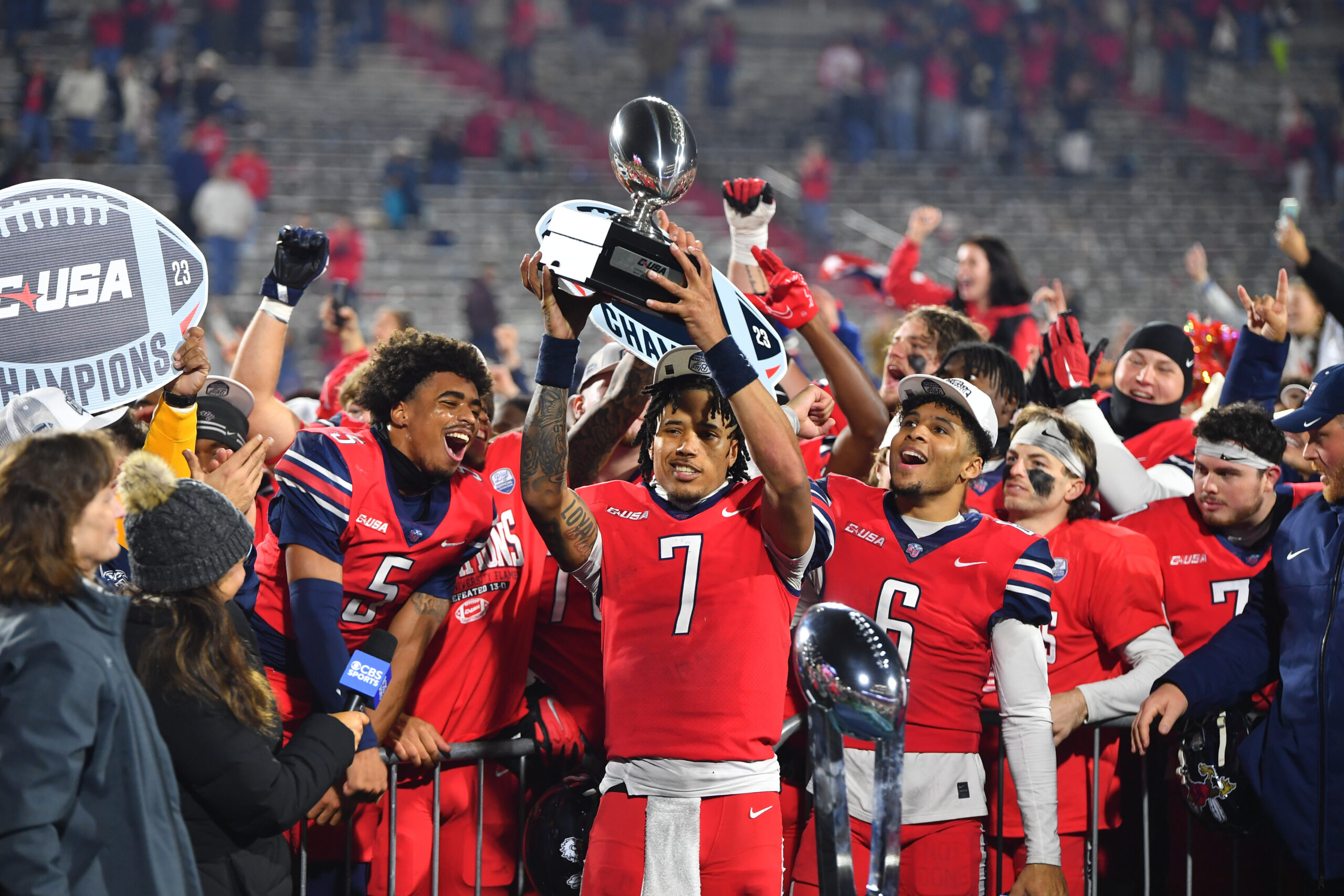
Seth Henigan (Memphis) > Nate Johnson (Vanderbilt)
Synopsis:
Henigan is more efficient as a passer and benefits from an extra year of experience. Additionally, he excels in footwork.
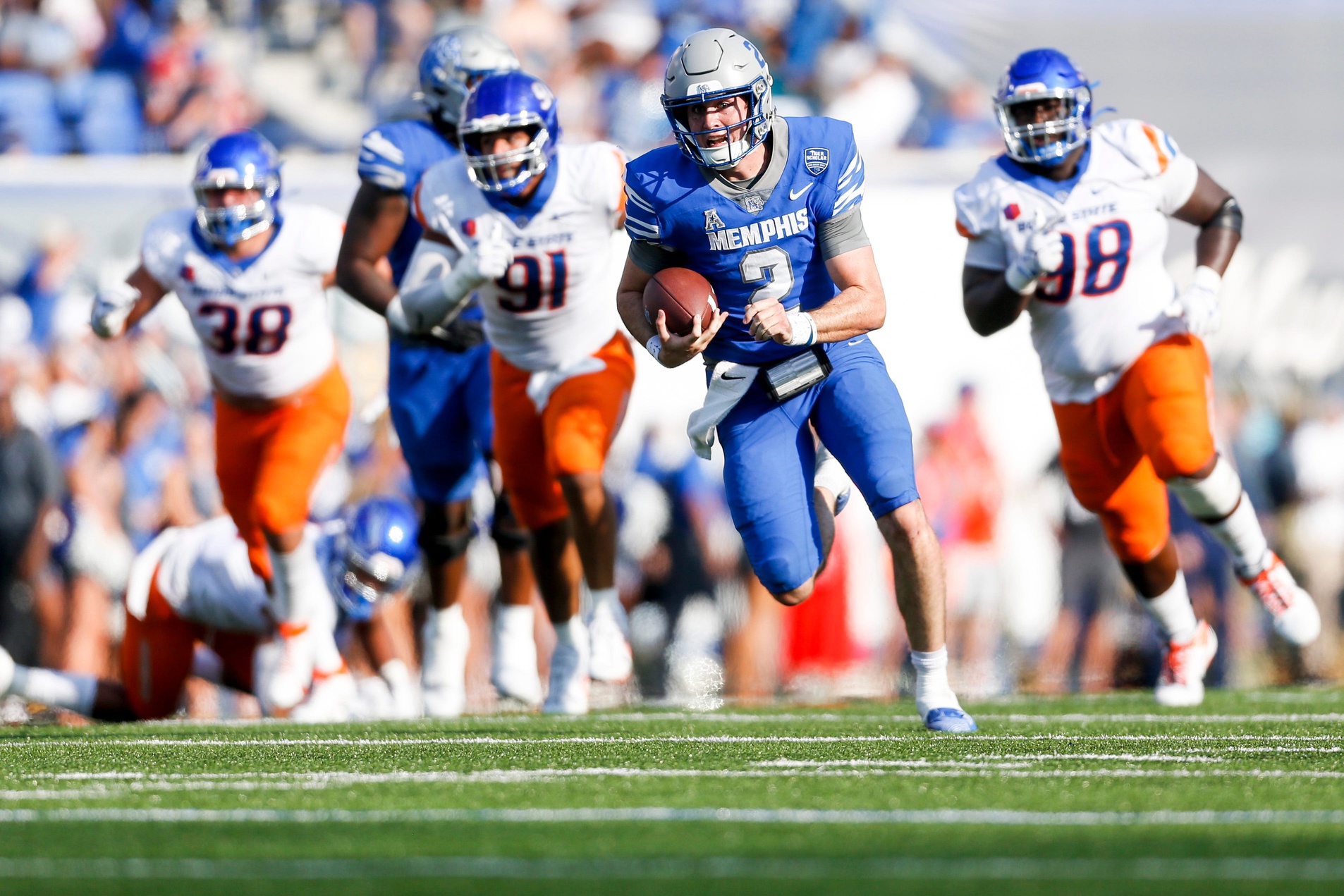
More Sports News
Brett Gabbert (Miami, OH) > Will Howard (Ohio State)
Synopsis:
Gabbert edged out Howard by a hair with his mechanics and stats, even before the injury. He was a man on fire, looking more comfortable dropping back with elite ball placement.
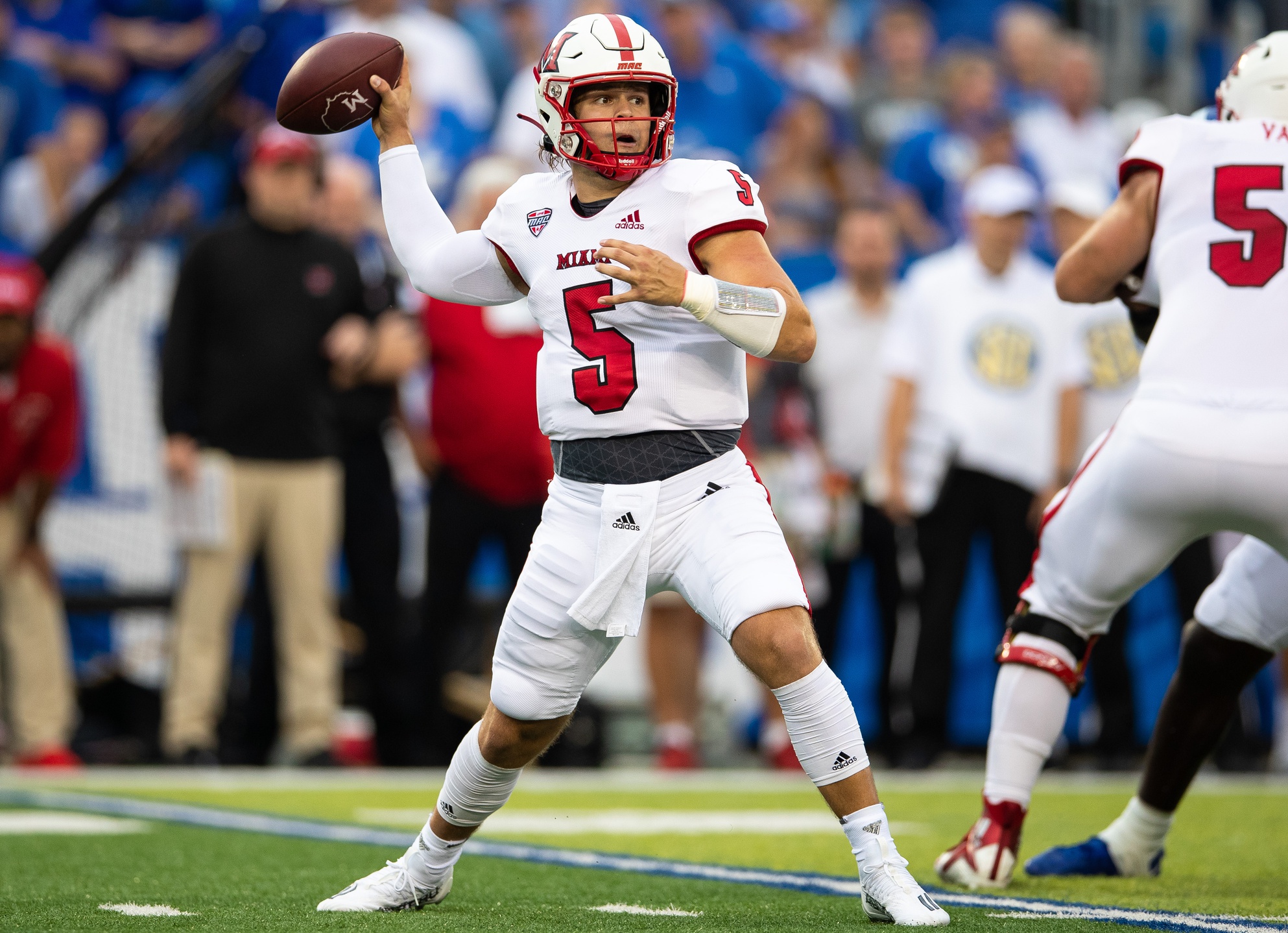
Ethan Vasko (Coastal Carolina) > LeNorris Sellers (South Carolina)
Synopsis:
Vasko wins this one by these few characteristics: he stands tall and prepared in
the pocket, is efficient and crucial to the offense, and possesses impressive arm talent, effectively using his lower body to throw. He can accurately place the ball
where he wants, has minimal wasted motion in his throws, and a clean release of the ball.
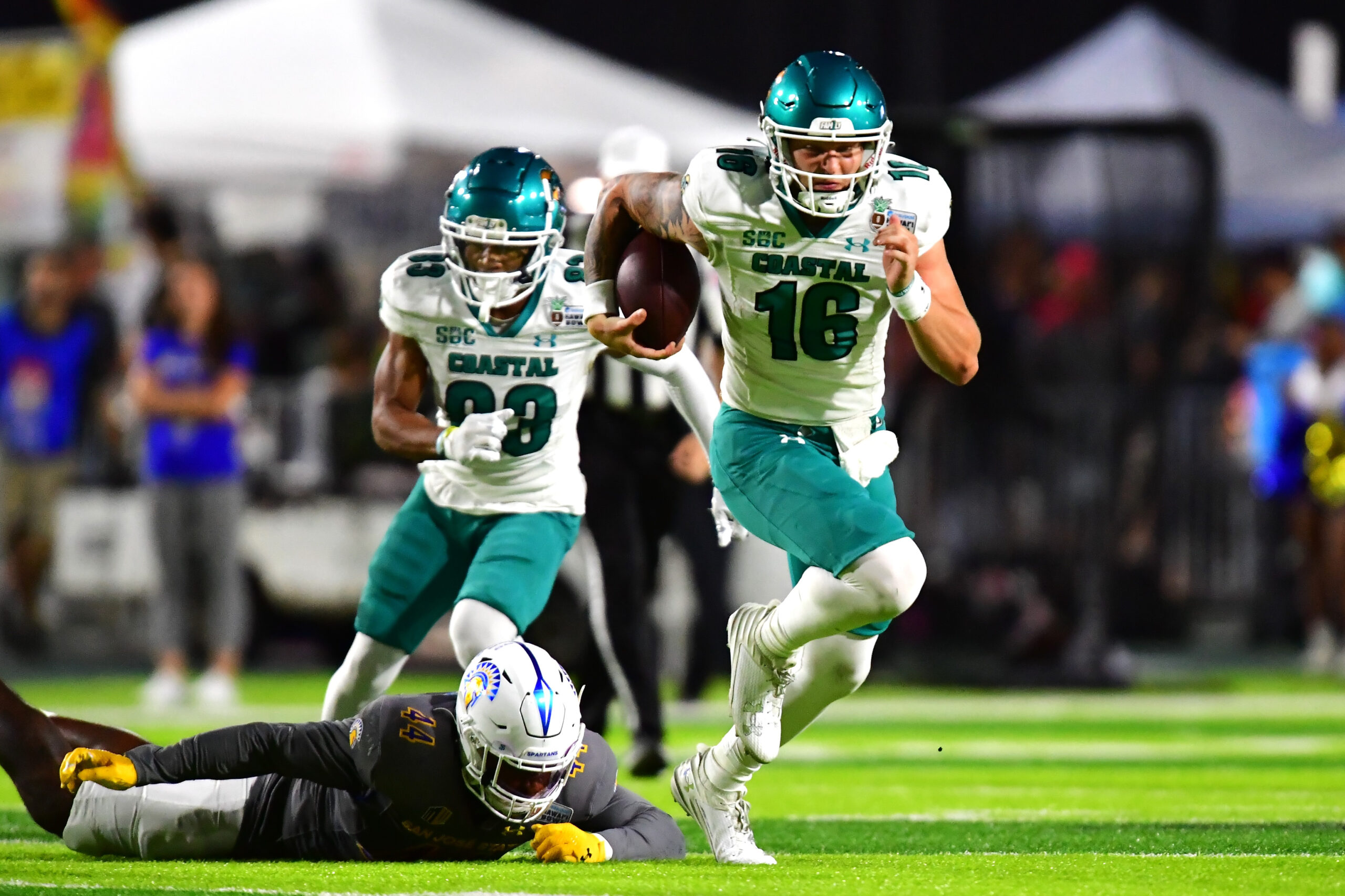
Importance of QB evaluations
Quarterback evaluation is crucial for many reasons
1. Leadership and Decision-Making:
Quarterbacks are often the leaders of their teams, making critical decisions during games. Evaluating their ability to lead and make smart choices under pressure is essential.
2. Offensive Efficiency:
The quarterback’s performance directly impacts the efficiency and success of the offense. Accurate evaluation ensures that the offense operates at its highest potential.
3. Game Management:
Effective quarterbacks manage the game well, controlling the tempo and making adjustments based on defensive schemes. Evaluation helps identify those who excel in these areas.
4. Long-Term Success:
A thorough evaluation process helps teams identify quarterbacks who can contribute to sustained success, potentially becoming franchise players.
5. Fit with Offensive Scheme:
Different quarterbacks have varying strengths and styles. Evaluating quarterbacks ensures a good fit with the team’s offensive scheme, maximizing their effectiveness.
6. Investment and Resources:
Teams invest significant resources in quarterbacks, from draft picks to salary caps. Proper evaluation ensures that these investments are wisely made.
7. Injury and Durability:
Evaluating a quarterback’s physical durability and injury history is important to predict their longevity and availability throughout the season.
8. Development Potential:
Assessing a quarterback’s potential for growth and development helps teams plan for the future, identifying those who can improve and adapt over time.
Effective quarterback evaluation is fundamental for building a successful and competitive team in football.
In conclusion, while the Power Four conferences often capture the lion’s share of attention in college football, it’s crucial to recognize and celebrate the remarkable talents emerging from the Group of Five conferences. These quarterbacks, hailing from the same states as their Power Four counterparts, exemplify exceptional skill and dedication, often matching or even surpassing the performance of those in the more prestigious leagues.
By highlighting these athletes, we not only broaden our appreciation for the diverse talent across all levels of college football but also ensure that deserving players receive the recognition they merit. Let us continue to support and celebrate the achievements of all players, regardless of the conference they represent, and embrace the full spectrum of talent that makes college football so dynamic and exciting.
